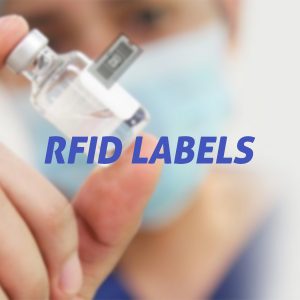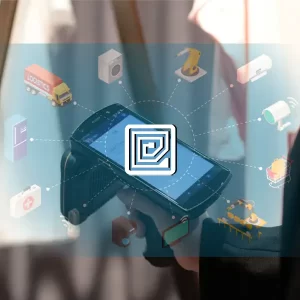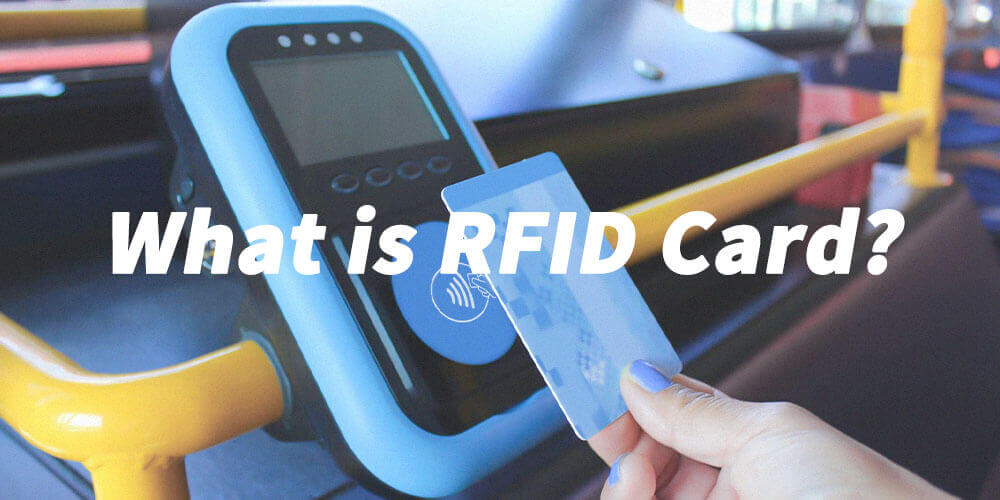
Radio-Frequency Identification (RFID) cards offer a convenient, secure, and durable method of packaging an RFID tag. The cards have become common in access control, payment, and identification.
But what is an RFID card? What are its components?
Well, this article will offer detailed answers to these questions. Read on to understand the anatomy of RFID cards as well as their applications.
RFID Cards: What Are They?
RFID Cards are smart cards that use radio waves to exchange information. Most RFID cards are contactless. As such, you will not need a card-reader contact to complete the data transfer process.
RFID cards contain three main elements: an integrated circuit, an antenna, and the base material. The IC includes a microchip that stores data. The antenna receives and sends signals to the RFID reader.
The RFID cards come in different shapes and sizes. Below is a comprehensive analysis of the appearance of these cards:
Physical Properties
The physical properties of your RFID card will affect its applicability in different sectors. As such, it would be best if you consider the dimensions and base material of your ideal card.
Dimensions
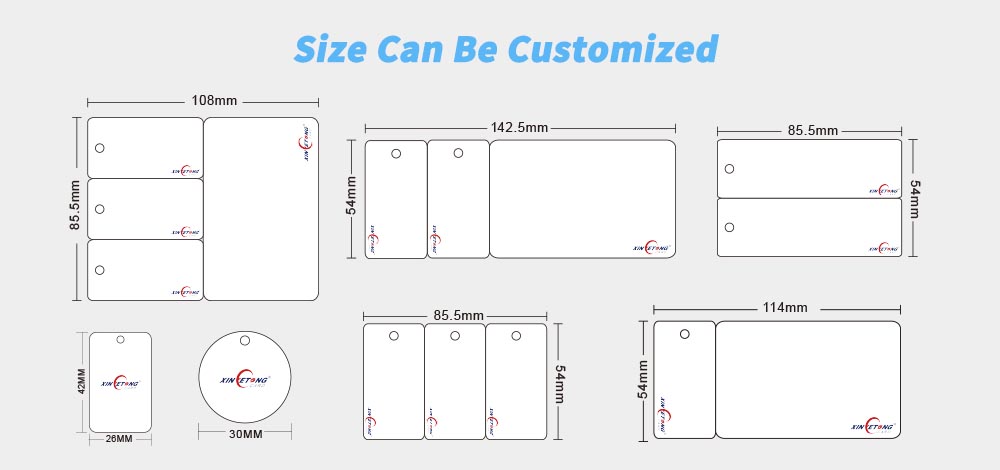
In the RFID manufacturing sector, quality is standardized by a regulatory body known as the ISO/IEC. This body ensures that you can use different RFID products together with other parts from a different manufacturer. For example, a credit card should work with any reader in any part of the world.
Due to these regulations, there exists a standard credit card with specific dimensions. The ID-1 or CR80 are standardized by the ISO/IEC 7810 Identification Cards regulations.
These cards muse measure 85.60 by 53.98 millimeters with a radius of 2.88-3.48 millimeters for all its round corners. The thickness should be 0.5-1 millimeter.
As such, you should ensure that the card you choose meets all these size specifications. This way, you’ll be able to use it with different readers for guaranteed convenience.
Base Material
RFID card manufacturers use different base materials, with the most common ones being plastic polymers. Here are the top two most used base materials:
- Polyvinyl Chloride (PVC). This is the most common plastic polymer used in the production of RFID cards. It is preferred due to its versatility, flexibility, and durability.
- Polyethylene Terephthalate (PET). This is the second most used polymer. It is highly heat-resistant and guarantees longevity.
Besides plastics, manufacturers are now finding environmentally-friendly materials ideal for RFID card base material. Some of the most common alternatives include bio-polymers and other non-plastic materials.
Most recently, manufacturers have started producing wooden RFID cards. While they are appealing and eco-friendly, they are a bit costly. The high cost has limited its scope of application.
Printing and Artwork
If you adore artwork, then you can get RFID cards with superb artwork. These cards are pre-printed using screen printing, offset printing or digital printing.
How Do RFID Cards Work?
RFID cards use radio waves within the electromagnetic spectrum. Each of the cards contains an RFID tag with storage memory abilities. The tag receives the waves produced by an RFID reader and sends data back to the reader for analysis.
Here is a summary to explain the working rationale of RFID cards:
- Powering Up of the RFID Chip. The reader sends energy to the chip to power it up.
- Signal Transfer. Immediately after the chip powers up, the reader will send its signal to the RFID tag.
- Data Transfer. When the tag receives the radio waves, it will retrieve data from its internal memory and send it to the reader.
- Data Capture and Analysis. The RFID reader captures the data. After authentication, the data will be transferred to an integrated RFID software for analysis and interpretation.
Types of RFID Cards
RFID cards are classified based on their method of operation. The two main categories are:
- Contact RFID Cards. These cards require contact with the RFID card reader for the data transfer to occur. Most credit and debit cards use this technology. When making payments, you will be required to swipe the card through a reader to process the payment.
- Contactless RFID Cards. These smart cards do not require contact with the reader for data transmission to occur. All you need is to hold the card close to the reader (within the acceptable read range), and the reader will automatically capture the data. Most access and identification cards use this technology.
While both card types use RFID technology, the contactless ones are more efficient. You will read many cards within a short time since minimal reader-card contact is required.
As such, contactless RFID cards are the favorite for many users. Further classification of these cards is based on the frequencies used. Here are the three basic categories:
- Low-Frequency RFID Cards (125 kHz)
- High-Frequency RFID Cards (13.56 MHz)
- Ultra-High RFID Cards (860-960 MHz)
The high the frequency of operation, the wider the read distance. The ultra-high cards have the highest read distance of up to 50 feet, while the low-frequency ones have a short read distance of 10 cm.
Additionally, the frequency wavelength will affect the speed of data processing. For example, paying using an ultra-high card will take less time than using a card using the lower wavelengths.
Are RFID Cards Safe?
Since RFID cards contain highly sensitive information about the cardholder, it integrates special security measures. For example, an RFID card’s data is encrypted.
A passwordthen protects the encrypted data. As such, the RFID reader will only capture the data when you successfully key in your password. If the encryption keys/password fails to match the authentic one, then the data access attempt will be blocked.
Even better, only an authorized individual can write the RFID cards’ data. Such a person will be required to enter the passwords and the encryption to access the data.
RFID Cards Applications
Millions of users globally have adopted the use of RFID cards. This high acceptance can be attributed to their flexibility, versatility, and affordability. The technology used to make identification cards, credit cards, debit cards, fare payment cards, and library cards.
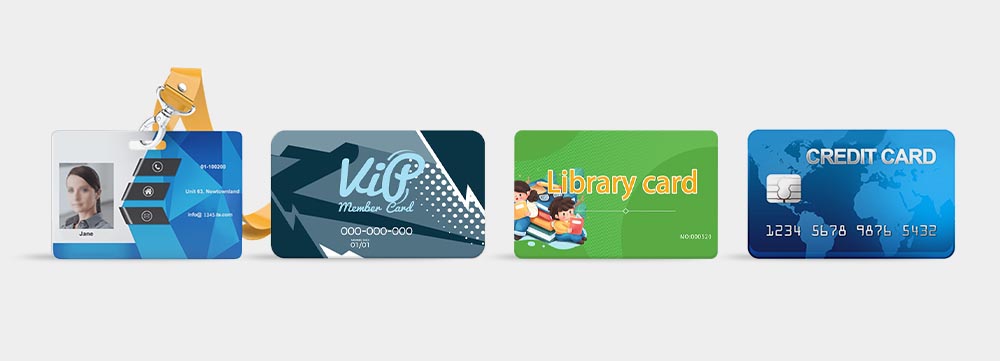
Here are some of the sectors that have embraced the use of RFID cards:
- Transportation
- Healthcare
- Mobile communication
- Finance
- Access control
It doesn’t matter how you want to use your RFID card; always ensure that it meets all the ISO/IEC specifications for guaranteed safety and applicability.


